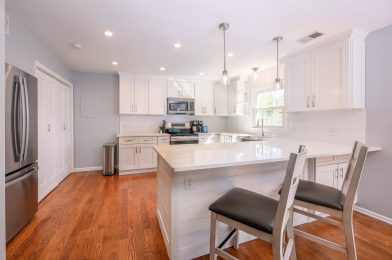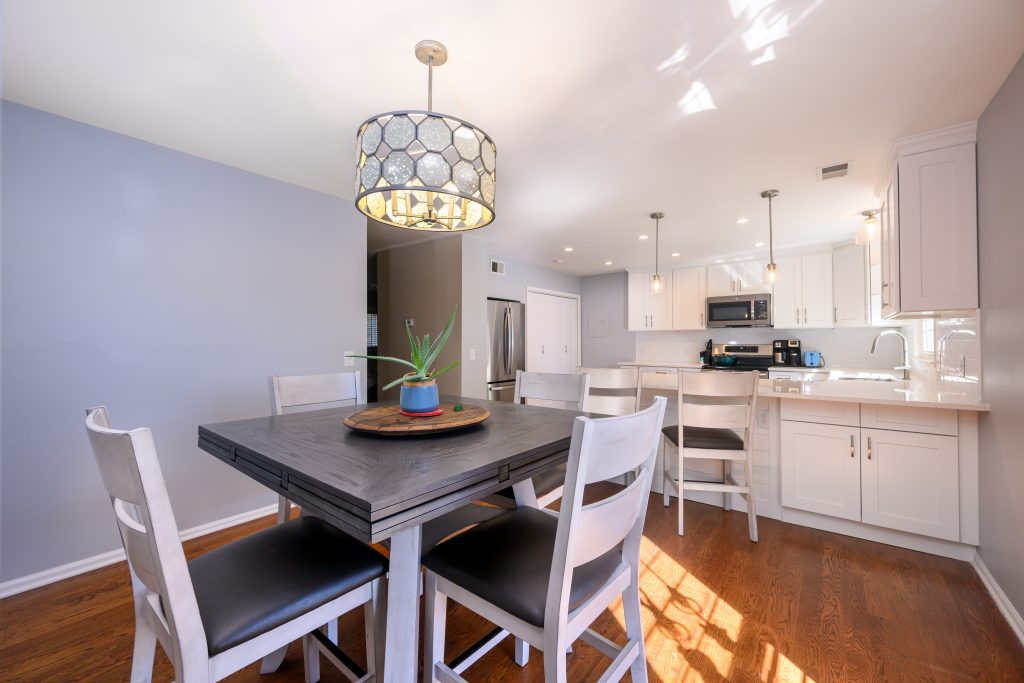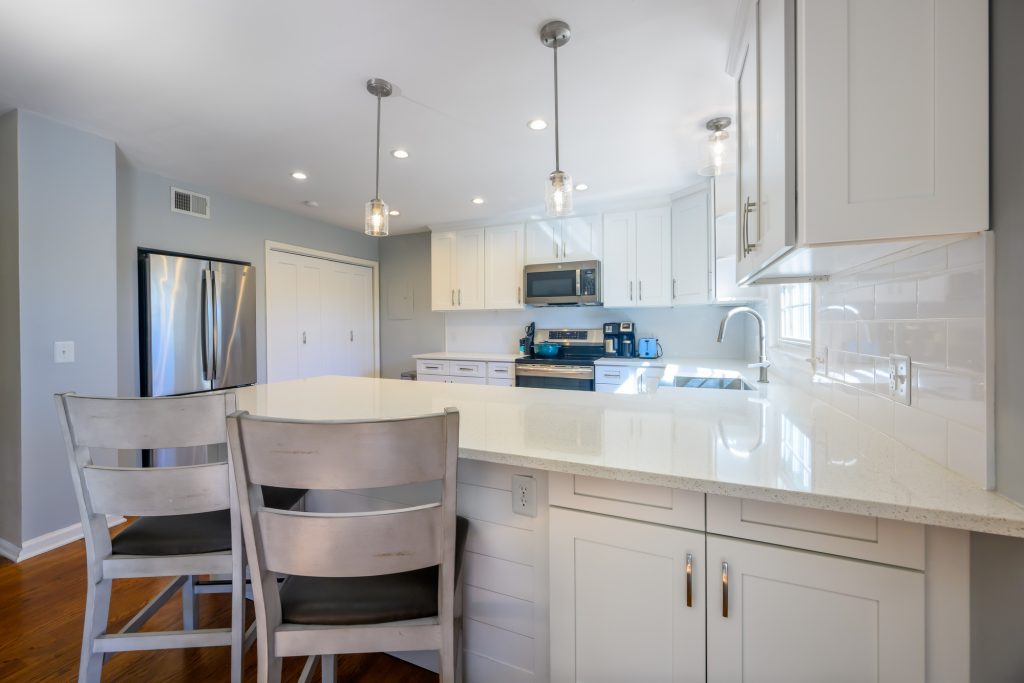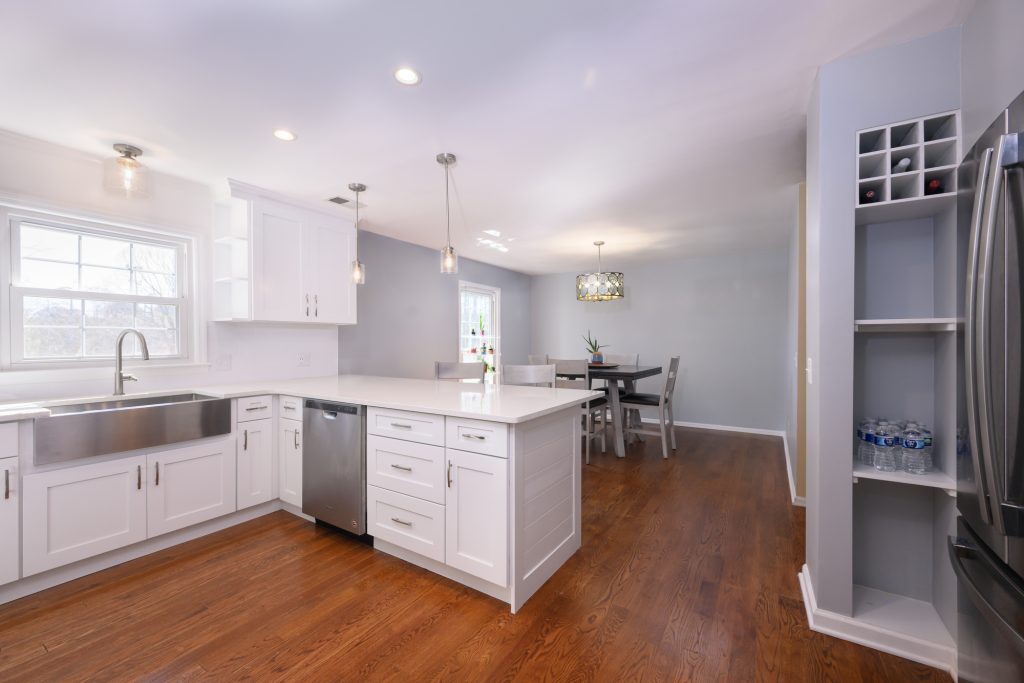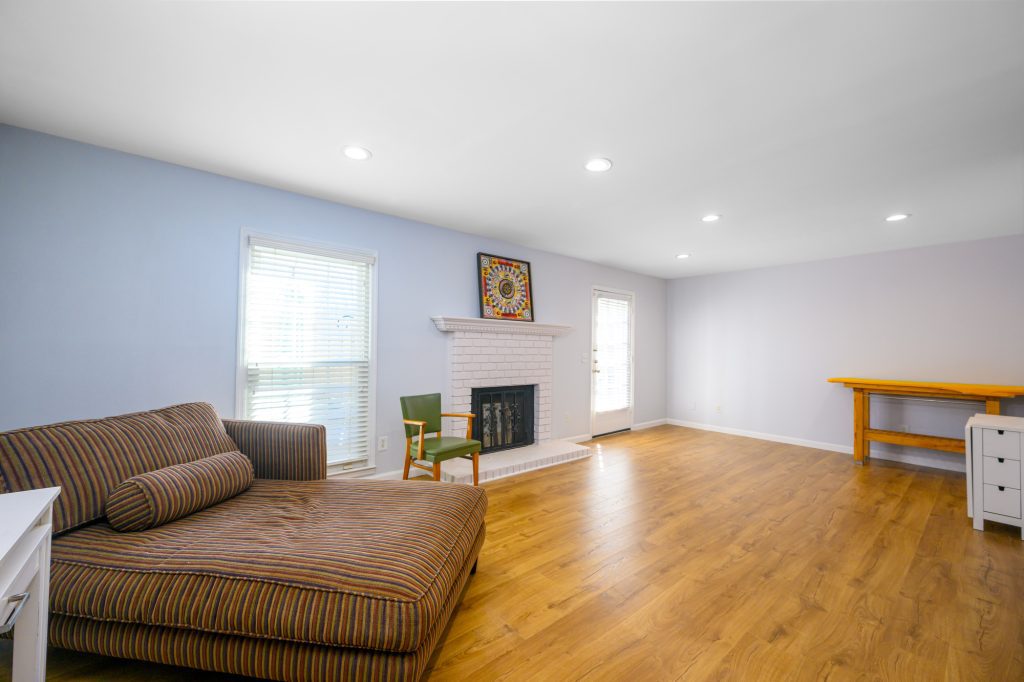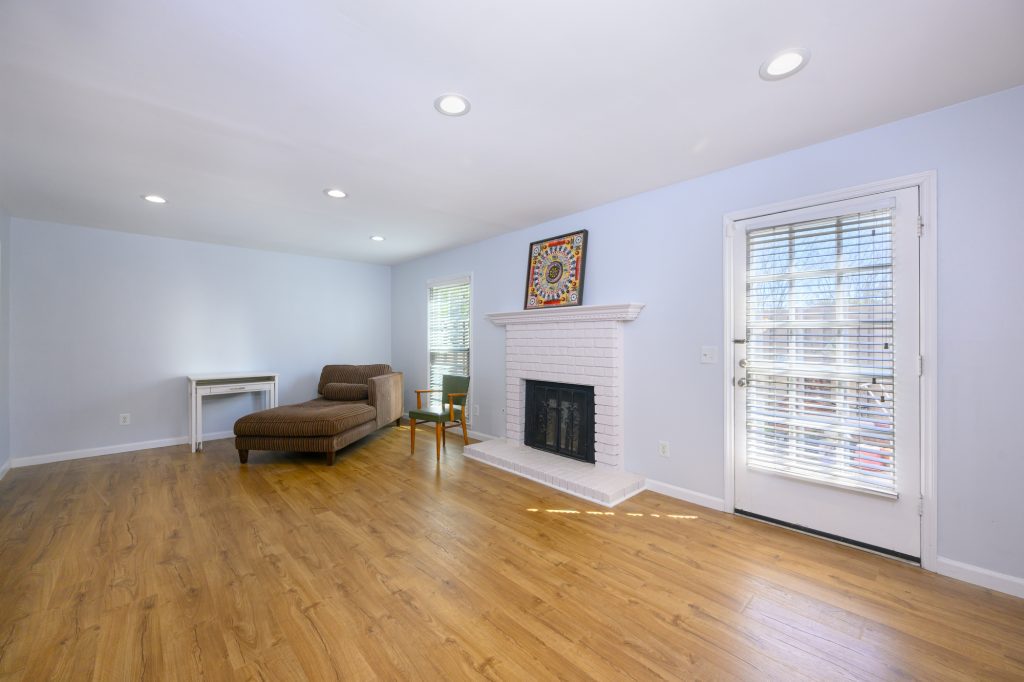[Caption: The above photo is a mixture of ambient light blended with flash to give you a natural-looking picture but with accurate colors]
Real estate photography is an essential aspect of showcasing any property. Whether for a real estate agent or a property owner, the quality of the photographs can significantly impact the potential buyer’s perception of the property. One of the critical factors that can make a significant difference in real estate photography is lighting. Mixing flash with available light can produce some of the property’s most stunning and color-rich photographs.
The problem with relying on available light alone is that it can often be inconsistent and unpredictable. For example, natural light sources, such as the sun, can create harsh shadows, and indoor lighting often produces an unnatural yellow tint in the photographs. On the other hand, flash photography can provide a controlled and consistent light source that can fill in shadows, reduce harsh contrasts, and improve the overall color rendition of the photographs.

One of the critical benefits of mixing flash with available light is that it allows you to capture the details of the property’s interior and exterior more naturally and realistically. In addition, by balancing the flash with the available light, you can create a more even and natural light source that accentuates the property’s best features. This technique can be especially effective when shooting in low light conditions, where the flash can provide the extra illumination needed to capture the space’s true colors and details.
When using flash in real estate photography, it’s essential to use it correctly to achieve the desired effect. One of the most effective ways to use flash is to bounce it off a white surface, such as a ceiling or wall, which can diffuse the light and create a more natural-looking illumination. Another helpful technique is to use multiple flashes to provide a more even and natural-looking light source.
In addition to improving the overall color rendition of the photographs, mixing flash with available light can also add depth and dimension to the images. For example, by using flash to highlight specific areas of the property, such as architectural features or decor, you can create a more dynamic and engaging photograph that draws the viewer’s eye to the property’s unique selling points.
In conclusion, mixing flash with available light can be a powerful tool in real estate photography, providing a more controlled and consistent light source that can result in stunning, color-rich photographs. Whether shooting in low light conditions or simply looking to enhance the property’s best features, using flash in conjunction with available light can help you achieve your photographic goals and produce high-quality images that showcase the property in its best light.

